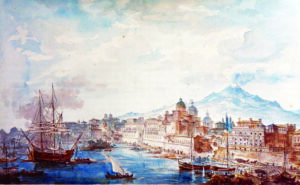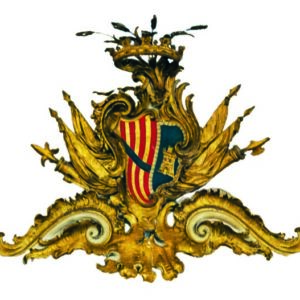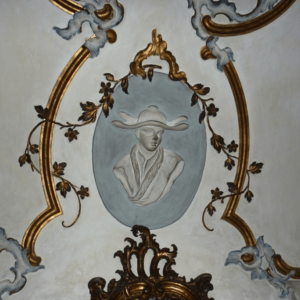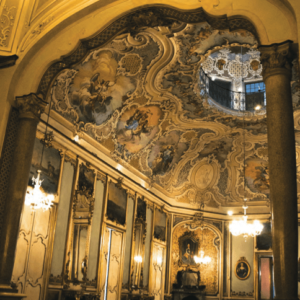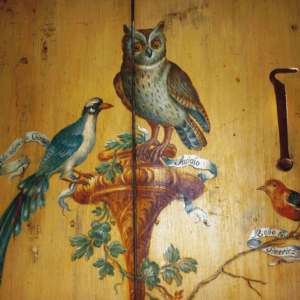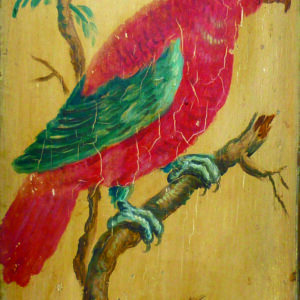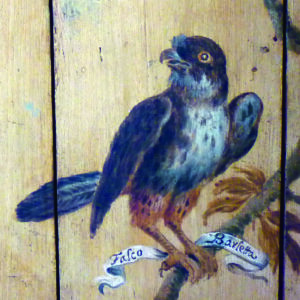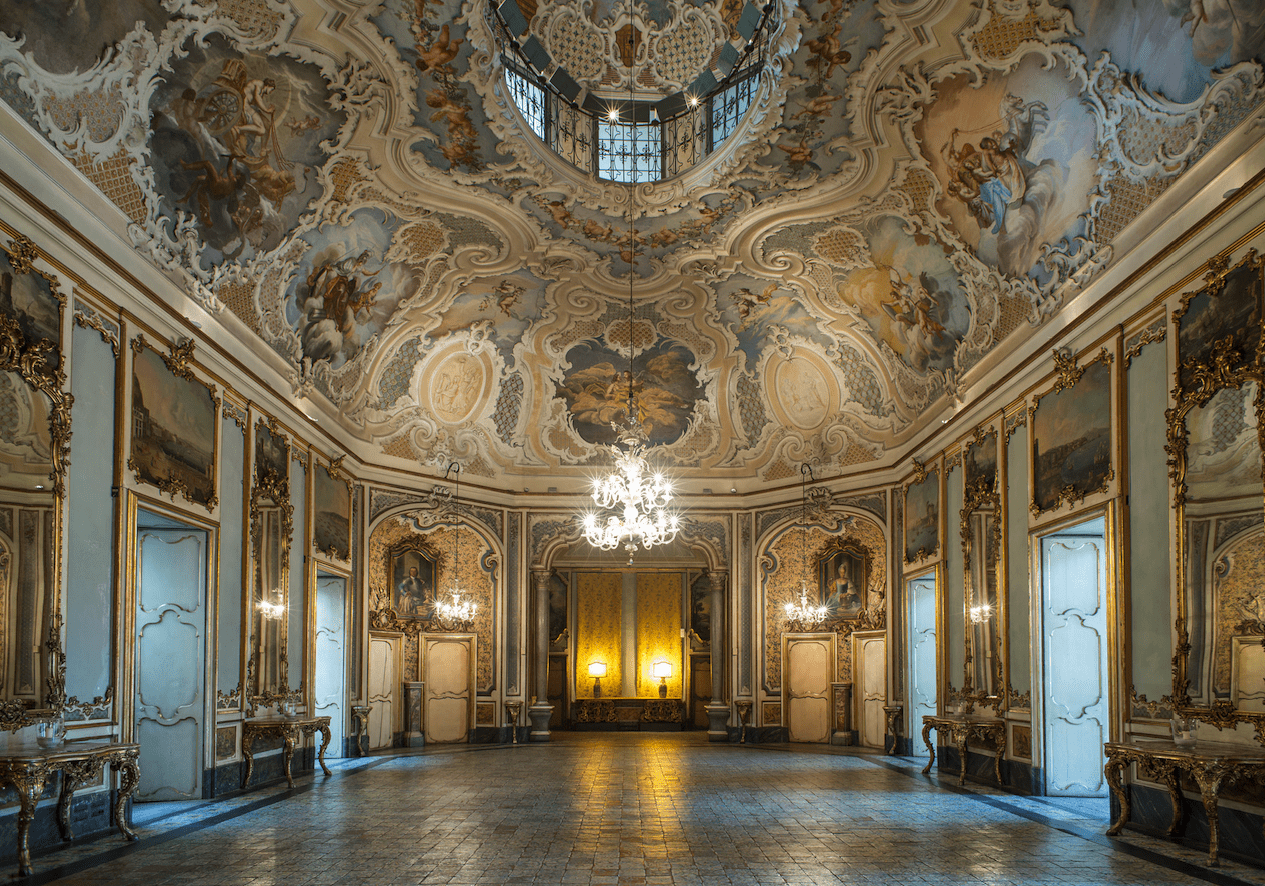

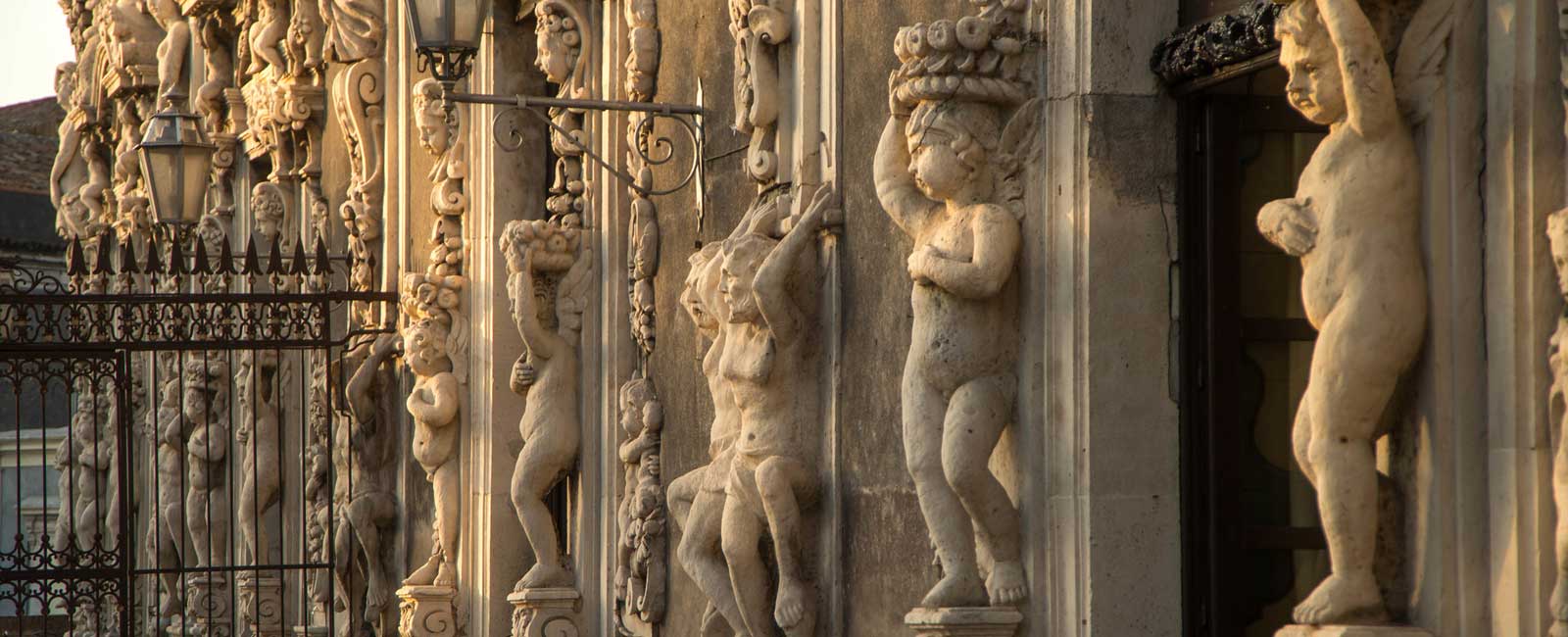

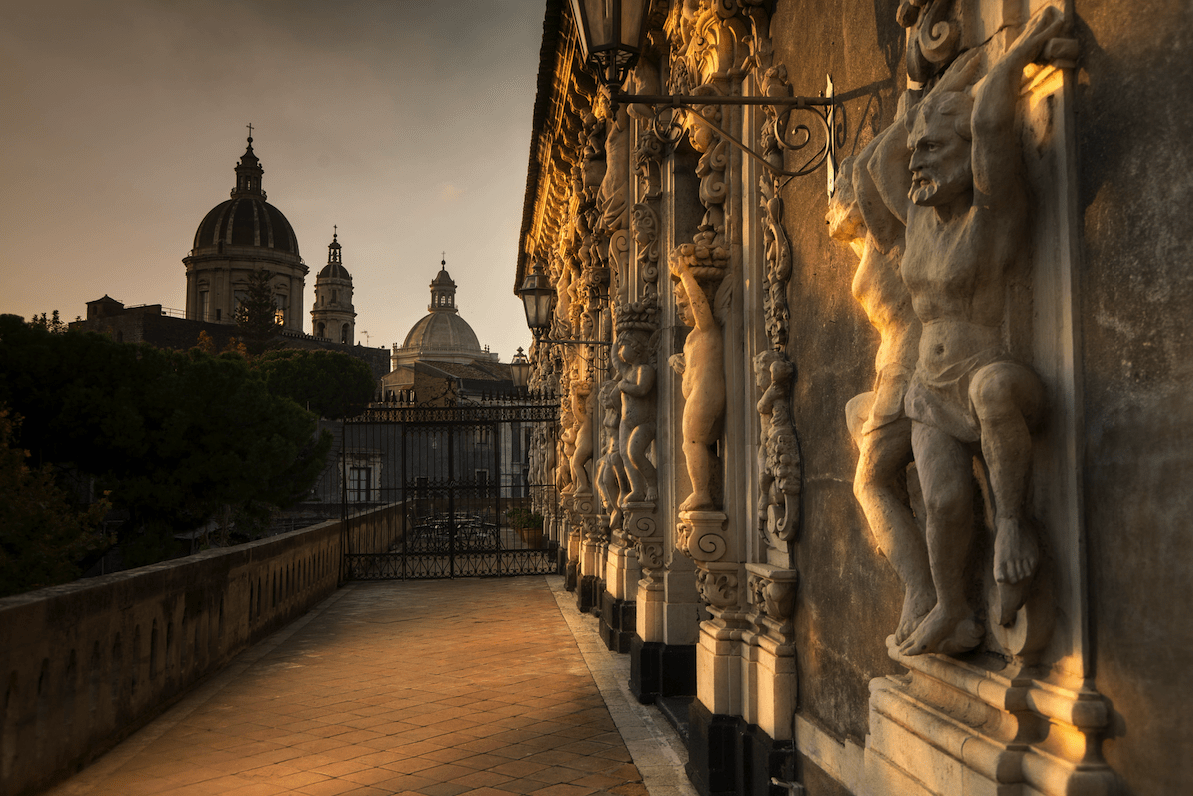
PALAZZO BISCARI'S HISTORY
The Biscari Palace was built by the Paternò Castello Principi di Biscari family and is, together with the Benedictine Convent of San Nicolò l’Arena, the most important and well-known building of eighteenth-century architecture in Catania.
It rises over a stretch of the sixth-century walls of the city, on which, immediately after the earthquake of 1693, Ignazio Paternò Castello III ° Principe di Biscari (d. 1699), obtained permission from Lieutenant General, Giuseppe Lanza Duke of Camastra, the architect of the reconstruction of Catania and envoy of the King of Spain, Charles II of Habsburg, to build the palace.
His son Vincenzo (1685-1749) IV Prince, continued the work and his nephew Ignazio V ° (1714-1786) completed it, allocating space for the establishment of an archaeological, numismatic and naturalistic museum, open to all scholars.
The palace belonged entirely to the Princes of Biscari until the middle of the 19th century, when, due to various legacies, it became the property of the Moncada Paternò Castello, a branch of the Paternò Castello.
The palace is still largely inhabited by the descendants of the family and its main halls are often used for prestigious social and cultural events.
In 1924, the museum was closed and most of the collections therein were donated to the Catania municipality and transferred to the civic museum of Castello Ursino.
J. W. Goethe
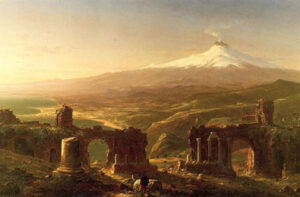
“We were introduced to the Prince, he showed us his collection of coins as an act of special deference… After having devoted a certain amount of time to viewing the collection, always too short however, we were about to say goodbye, when he wished to introduce us to his mother, in whose apartment other, smaller artefacts were exhibited…”
“We were introduced to the Prince, he showed us his collection of coins as an act of special deference… After having devoted a certain amount of time to viewing the collection, always too short however, we were about to say goodbye, when he wished to introduce us to his mother, in whose apartment other, smaller artefacts were exhibited…
She, herself, opened the showcase, in which the carved amber objects were kept … These objects, as well as, engraved shells from Trapani and finally, some exquisite ivory work, made up the particular collection of the lady, items relating to which she was able to recount many pleasant stories.
The Prince, for his part, entertained us on more serious subjects and so, we spent some delightful and instructive hours. In the meantime, the Princess had learned that we were German, she asked us for news of Messrs von Riedesel, Bartels, Munter, all of whom she knew, and whose character and customs she had clearly understood and appreciated. We took our leave of her reluctantly, and she, herself, seemed to let us go reluctantly. “
Catania, 3 March 1787
J. W. Goethe – Travel to Italy
Catania, 3 March 1787
J. W. Goethe – Travel to Italy


